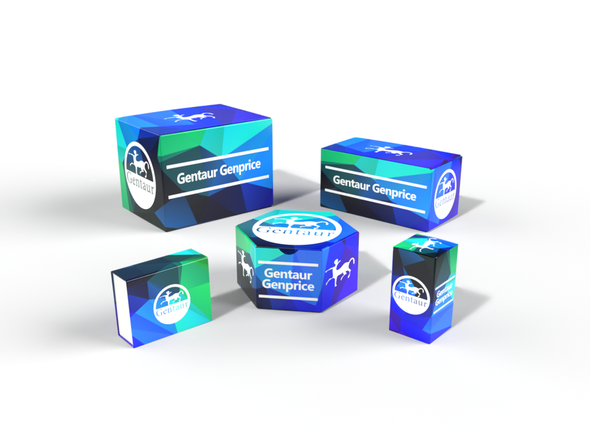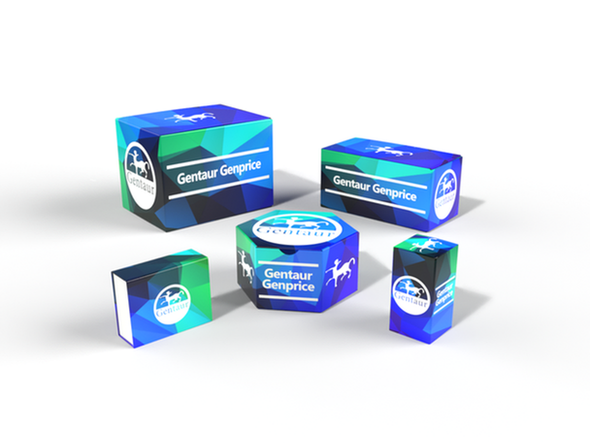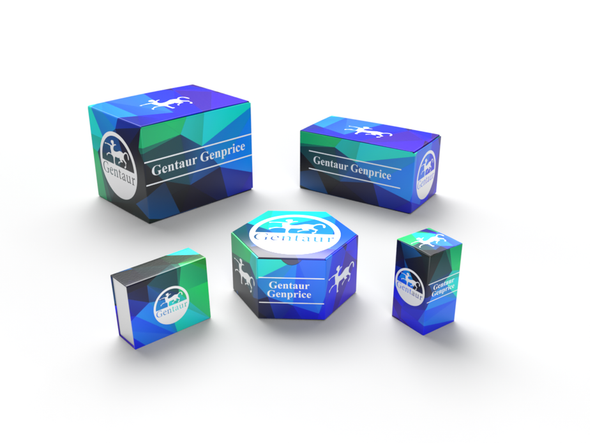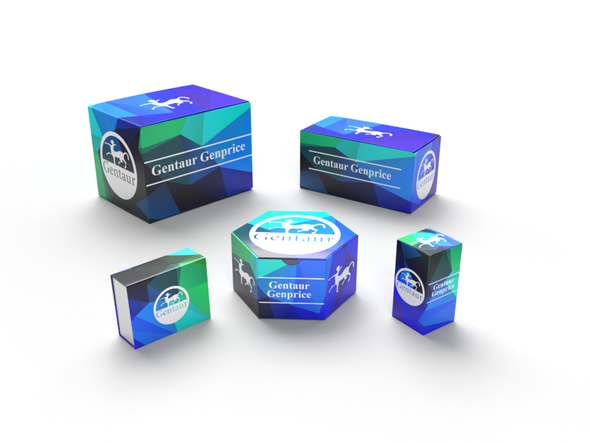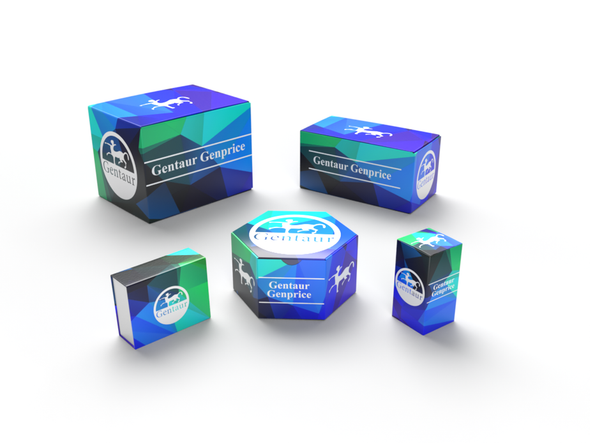827
Mouse Anti-Cholera Toxin Beta Subunit Antibody (B8)
- SKU:
- 827-LGC-MAB12237-GEN
- Availability:
- IN STOCK
Description
MOUSE ANTI-CHOLERA TOXIN BETA SUBUNIT ANTIBODY (B8)
Mouse anti Cholera toxin beta subunit antibody (clone B8) recognises the beta subunit of Cholera toxin. The Mouse anti Cholera toxin beta subunit antibody is suitable for use in ELISA assay research and development.
PRODUCT DETAILS – MOUSE ANTI-CHOLERA TOXIN BETA SUBUNIT ANTIBODY (B8)
- Mouse anti-Cholera toxin monoclonal IgG1 antibody (clone B8).
- Greater than 95% purity by SDS-PAGE and presented in PBS, ph7.4 with Azide.
- Suitable for the development of immunoassays.
BACKGROUND
Vibrio are highly motile, curved shaped rods with a single polar flagellum that is used for self-propulsion. Vibrio cholerae (V.cholerae) is a non-spore-forming, gram-negative, facultative anaerobic bacterium of the family Vibrionaceae. V. cholerae is the causative agent of cholera, which is a diarrhoeal disease of the small intestine. Transmission of V. cholerae to humans occurs via the faecal-oral route and through the ingestion of contaminated water or food (WHO).
Cholera is asymptomatic in many cases but does cause severe, watery diarrhoea and dehydration in some individuals, which if untreated can rapidly lead to death. Cholera is reported to be endemic in many countries and, to date, seven cholera pandemics have been reported globally. The current pandemic is characterized by the predominance of the O1 serogroup of the El Tor biotype, with sporadic emergence of serogroup O139 (WHO).
The two major virulence factors expressed by V. cholerae O1 and O139 are cholera toxin (CT) and the toxin-coregulated pilus (TCP). Cholera toxin is an oligomeric complex made up of six protein subunits: a single copy of the A subunit and five copies of the B subunit. Subunit B binds to the cell surface via GM1 gangliosides on the surface of target cells. Once bound, the entire toxin complex is endocytosed by the cell and the cholera toxin A1 (CTA1) chain is released by the reduction of a disulfide bridge. Once inside the cell subunit A activates G protein which then activates adenylate cyclase, eventually leading to enhanced efflux of chloride ions from the intestinal cells, and rapid water loss via the intestine.
REFERENCES
- World Health Organization: Media centre; Cholera
- Silva AJ, Benitez JA. (2016). Vibrio cholerae Biofilms and Cholera Pathogenesis. PLoS Negl Trop Dis.Feb 4;10(2)


